"Please be careful, love," my Nana said over the telephone from Australia as I announced I was flying from London to Israel in a matter of days. Given the negative media hype surrounding the Middle Eastern country, her worry was slightly warranted. I was worried too, until I was on the tarmac at Ben Gurion Airport in Tel Aviv and my fellow passengers applauded the safe landing.
Indeed, I discovered that the 'Holy Land' makes for inspiring travel with a plethora of religious groups sharing the land in relative peace and abundance of cultural layers just waiting to burst out from underneath. My first taste of the country began in Tel Aviv; a youthful city placed precariously along the eastern coast of the Mediterranean Sea. Tastes, sounds and culture greeted us as we wandered through the city's Nachlat Binyamin Art Markets - a strip of artist stalls just waiting to be discovered. Strong smells of spices and fruits led us into the nearby bustling Carmel Markets for a pomegranate juice and a Middle Eastern boureka. A sea of people swarmed in and out of the entrance, with stalls selling everything from Judacia jewellery and ornaments to delicacies and fabrics. Later we took in the long stretch of the Mediterranean coast dotted with sun chairs sunken into the sand. As the warm crimson sun set slowly in front of thatched cabanas nestled in the dunes of the sand, we witnessed a man holding a yoga pose while a couple of surfers gathered in a group.

The following morning saw us travelling into the heart of Israel's Negev - or desert - en-route to the Dead Sea. The drive from Tel Aviv through Israel's southern third took approximately three hours and was filled with the utmost beauty. Long stretches of dry land contrasted with spots of thick forests used for Israeli army training. A mix of Arab and Jewish towns could be seen along the way, their distinctive mosques and synagogues differing in colour and architecture. Arab bedouins wandering grazing pastures could also be spotted as we passed shanty towns of corrugated tin shacks and sheets used as roofs.
At 400 metres below sea level - the lowest point on Earth - the Dead Sea is surrounded by the mountains of Moab in the east and the Judean mountains to the west. The high salt content of the 'sea' renders sea life almost impossible, but its beauty is striking nonetheless. The water stretched out before us, its rich emerald colour contrasting with the white of the salt crystals and the browns of the rocks at its edges. The drive back to Tel Aviv proved a little dangerous as the GPS lead us beyond Israel's infamous security barrier and on the edge of Ramallah, a large Palestinian city in the West Bank. We passed young women and men holding large guns, proving the tumultuous reality of Israel and bringing me back from my dreamy Dead Sea experience.
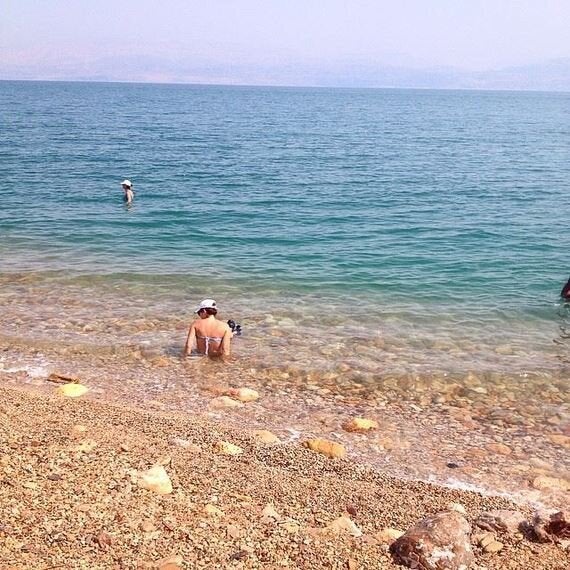
Come morning, we planned to explore and shop the well-known flea markets of Jaffa, located on the southern tip of Tel Aviv. One of the oldest ports in the world, the ancient 3000-year-old fishing harbour is characterised by honey-coloured stone houses and narrow, winding alleyways filled with hidden Turkish baths centuries old. As I observed boys fishing off the end of the harbour's jetty, I noticed similar brightly-coloured dinghies rocking in the light breeze tied to wooden posts as a band sent whimsical music floating through the area.
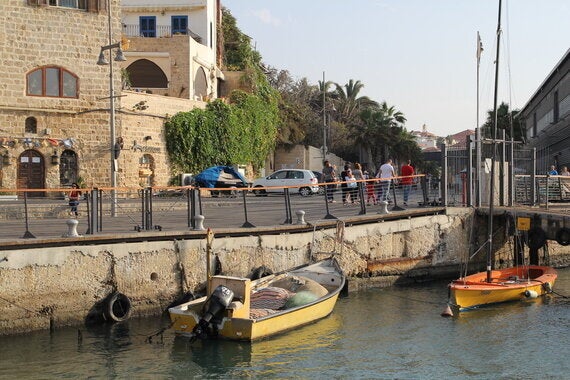
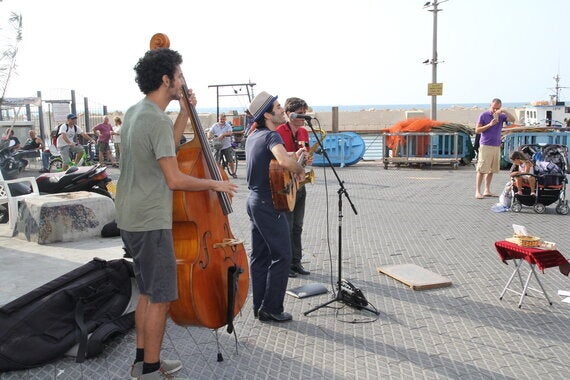
Not far from the port and next to the ancient Clock Tower, the Jaffa flea market or 'shuk' was packed with locals and tourists buying bargained food and trinkets in anticipation for Shabbat later on that night. The markets proved a treasure trove of Arabic carpets, lanterns and ceramics mixed with vintage Israeli ornaments.
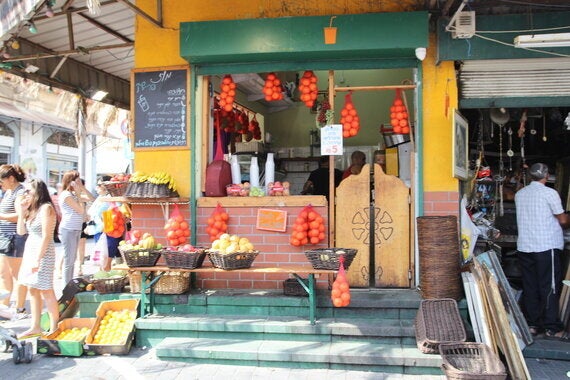
We walked back along Tel Aviv-Jaffa promenade to Neve Tzedek where I noticed Arabs and Jews alike picnicking and children playing on the grass as the sun set over the Mediterranean Sea. We made the bike ride home for the night to prepare for the 1.5 hour bus ride from Tel Aviv to Jerusalem the next day.
Jerusalem; where people of all walks of life and all religious backgrounds converge. Our day began in the new city at the bustling Mahane Yehuda Market as we dove into one of the entrances, swimming through the crowd to get to a bakery filled with Middle Eastern delicacies. The smell of cinnamon and paprika filled the air, mixing with the sweetness of pomegranates and strawberries. Taking a peek down one of the alleyways, I observed a sea of heads of all differing ages mingling through the various stalls selling bunches of green and aromatic herbs and fresh fruit. There were religious and secular Jews, tourists, Christians and Muslims alike all vying for space in the emporium of market wonder.

Later we entered the Old City through Jaffa Gate, a stone portal and one of eight gates providing entrance into the historic walls of Old Jerusalem built by the Ottoman sultan in 1538. It is hard to imagine the thousands of feet that have walked the labyrinthine alleyways. We had an Israeli friend take us around the Old City enlightening us with her knowledge. We walked via the Dolorosa which lead us to the Church of the Holy Sepulchre where Christians believe Jesus was crucified and buried. We then walked through the Arab quarter and into the Jewish quarter to witness Jews pray at the Western Wall, the last structure remaining from the Jewish Temple destroyed by the Romans. A girl stood at the base of the Western Wall lookout, playing a harp, as the Dome of the Rock towered above with majestic presence on the Temple Mount.
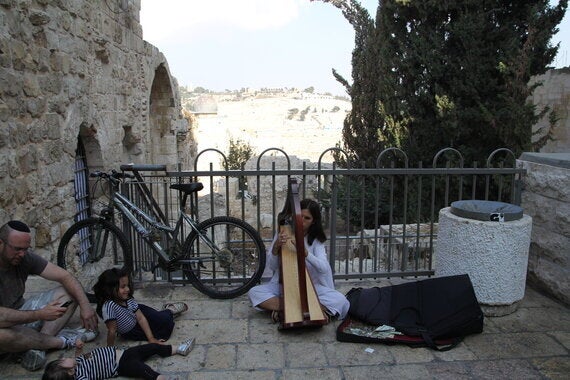
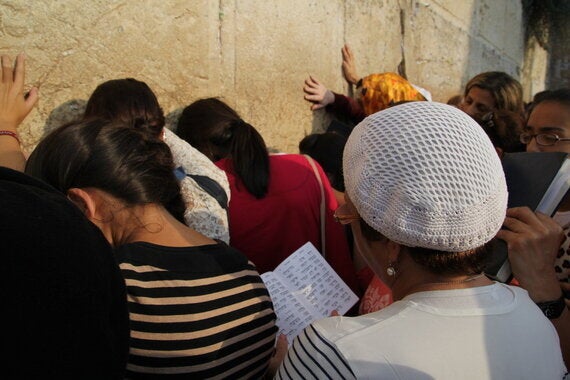
Away from the historical and religious centre of Israel and my last day in Tel Aviv, I thought of how similar the country was to just about any other exotic and culturally immersed destination. Portrayed as a simple dot on the world map enclosed by constant controversy, Israel is hiding something much brighter. Visit the country and you will be rewarded immensely with a general sense of warmth and joie de vivre extending from the people to the history, the culture and the food.